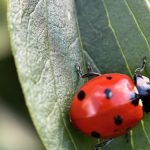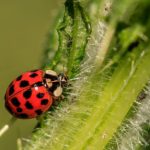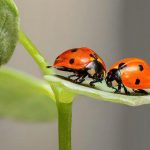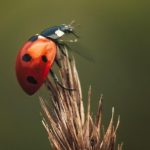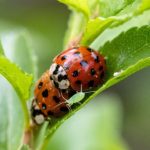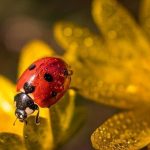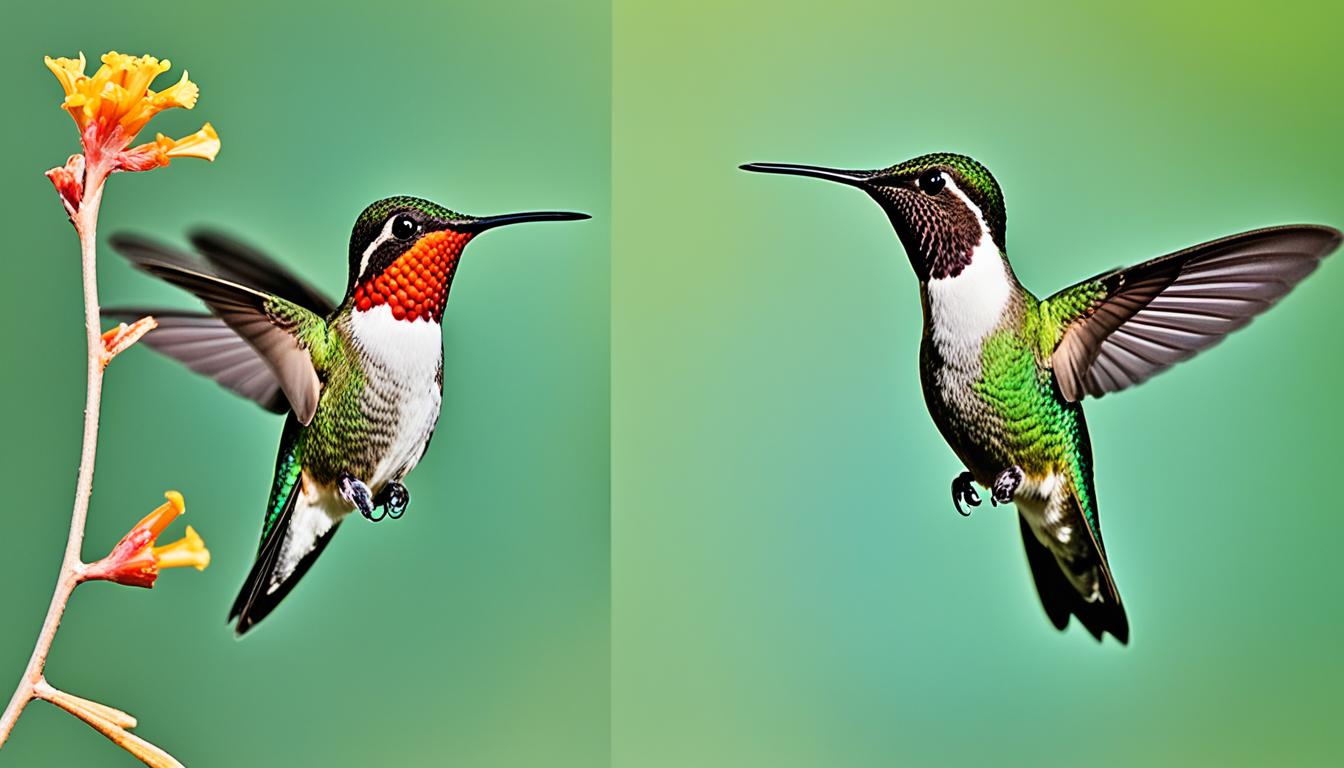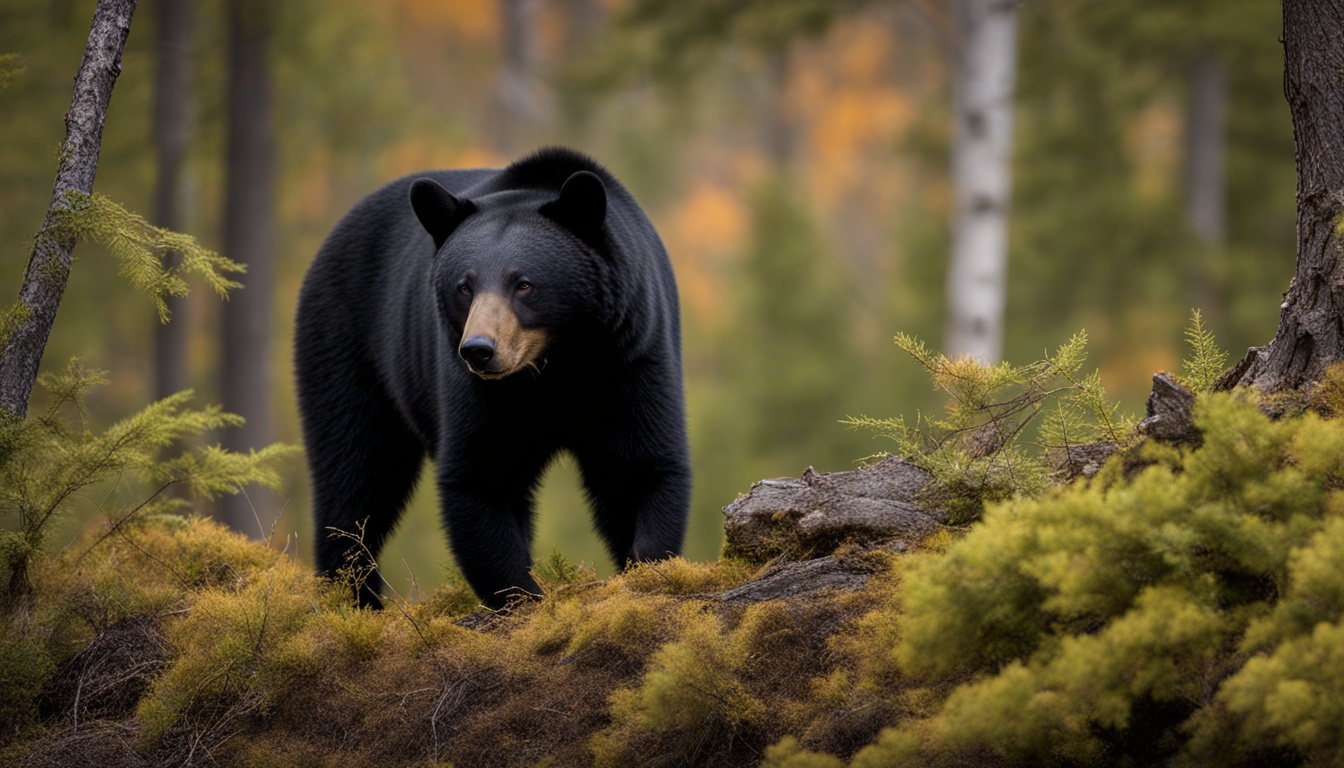The best way to ensure that ladybugs have access to food in your garden and crops is to not restrict their movement. This is due to the fact that ladybug larvae consume far more food than adult bugs do. When ladybugs are released into the wild, they will each lay several thousand eggs. The larvae that emerge from these eggs are perfect for protecting crops against pests that might cause damage to them.
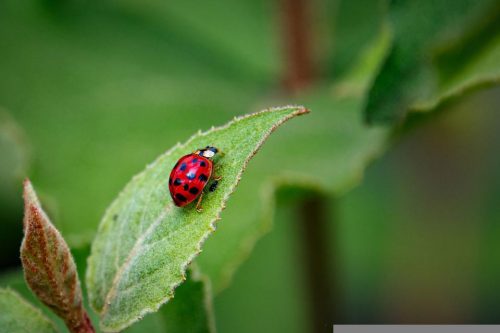
In the wild, what do ladybugs eat?
In the wild, ladybugs eat other insects that are harmful to plants, such as natural pests. Because ladybugs are able to obtain a greater variety and quantity of food in these environments, which include gardens, woodlands, and croplands, they are commonly seen in these places. Herbivorous ladybugs favor fungal growths and leaves, and as a result, they are more likely to be found in damp environments.
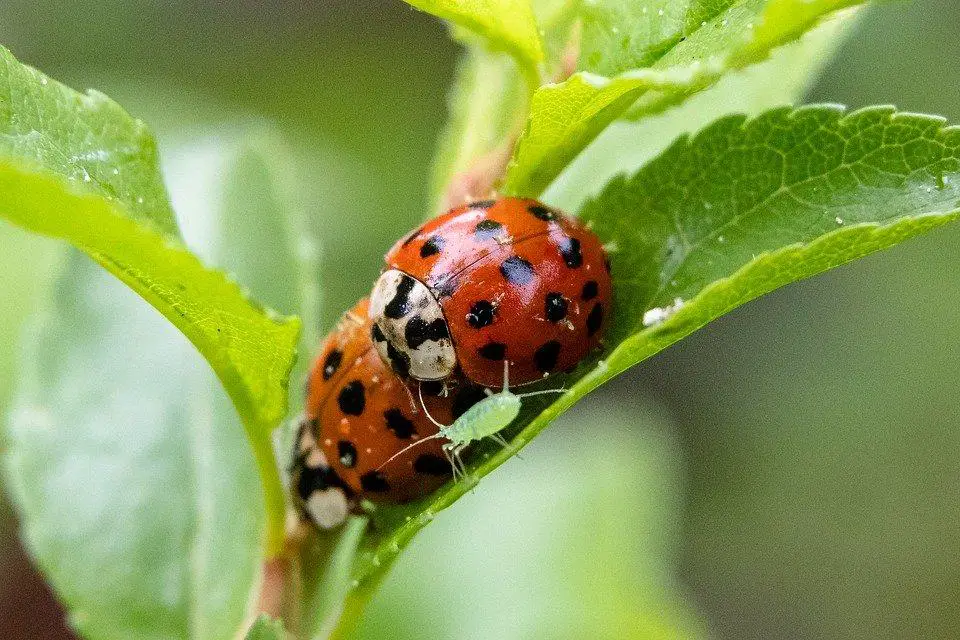
What do ladybugs like to eat and drink?
Aphids, which are very little insects that feed on sap, are a favorite meal for ladybugs. During the course of its existence, a ladybug may ingest as many as 5,000 aphids.” “When they are in their larval stage, ladybugs consume hundreds of unwanted insects. A ravenous ladybug adult may consume 50 aphids every day.”
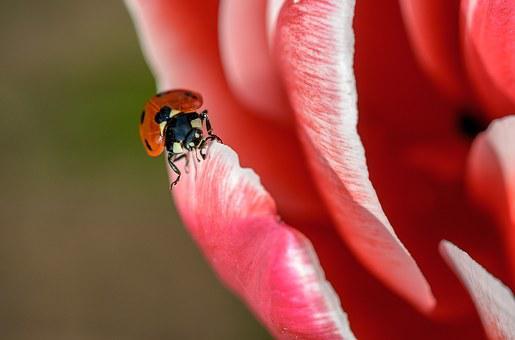
Do ladybugs eat aphids?
Aphids, another type of insect that lacks wings and is very tiny, are the primary food source for ladybugs. This holds true regardless of the species, environment, or location. However, with 5,000 different kinds of ladybugs, there is bound to be some variety. Some species obtain their nutrition from the plant’s pollen and nectar, while other species consume more substantial portions of the plant, such as the stems. Some species are able to subsist on fungus and mildew if they are unable to locate aphids or if aphids are not there. Mites will be consumed by a separate group. The vast majority of ladybugs will also consume insect eggs if they happen to come across them.
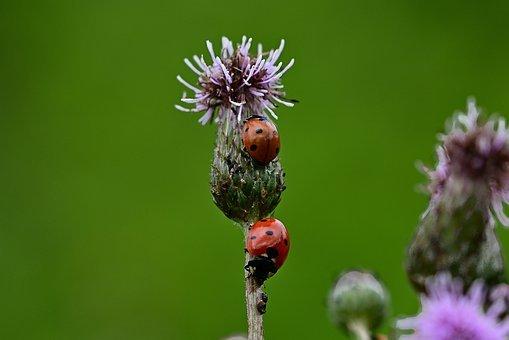
Where do ladybugs find their prey?
A colony of 1,000 ladybugs munches on small aphids on the leaves of an alfalfa field. Aphids are wingless, slow-moving insects, therefore there is no need for a complicated search. There will be no hiding to await an unsuspecting victim. The ladybug simply flies in, finds a swarm of aphids, and serves food. Aphids will utilize gravity to fall off the leaves in order to escape, but ladybugs can fly and will usually find them.
How do you keep ladybugs alive?
Add some pieces of cardboard that have been folded in half for the bugs to crawl on. The ladybug cage should have some little twigs and branches of plants placed throughout it. Fill the ladybug house with a damp paper towel that has been folded and placed inside. A sponge that has been well cleaned and then soaked in water can also serve the purpose of providing a supply of water for the beetles.
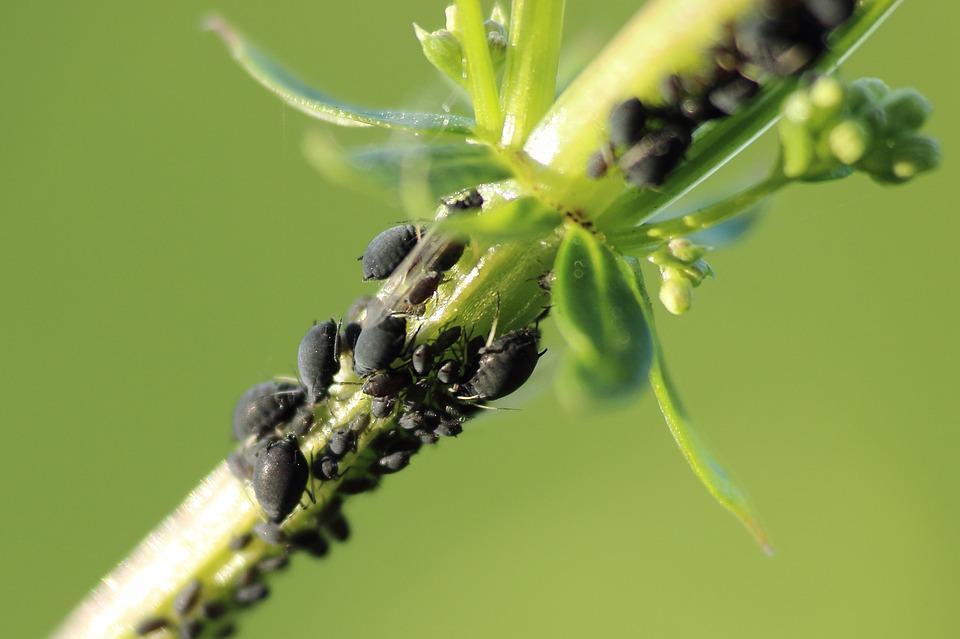
Do Ladybugs Consume Fruit?
When ladybugs have matured into adults, they consume a wide variety of foods. To reiterate, they are not fussy eaters and will consume anything that would keep them alive. Fruit and vegetables are on the diet of ladybugs. They will consume things like figs, dates, peaches, beans, grapes, and berries as part of their diet. There are so many different kinds of fruits and vegetables that ladybugs consume that it would be hard to mention them all.
In addition to consuming fruits and vegetables like cherries, pears, plums, and cucumbers, they will also ingest things like mildew, pollen, honey, spider mites, and maggots.
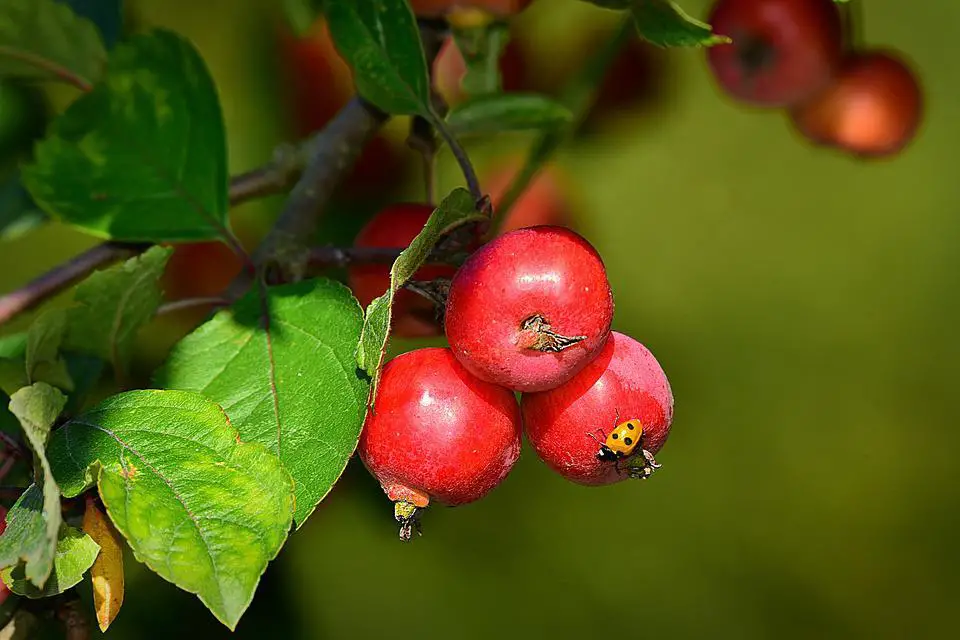
What fruit can I feed my ladybugs?
Ladybugs, as already said, will consume a wide range of fruits. The list is endless. Ladybugs consume grapes, figs, raisins, dates, and the fruits and vegetables listed below.
- Pears
- Nectarines
- Plums
- Legumes
- Blackberries
- Blueberries
- Cherries
- Cucumbers
Are some fruits harmful to ladybugs?
Ladybugs may consume a broad range of fruits, however, acidic plants should be avoided.
There is no scientific evidence to support the idea that acids may break down food reserves and act as a natural insecticide.
One website proposes using citrus as an element in a homemade flea repellant for pets. The common consensus is that too much acid is dangerous for ladybugs, which is sensible considering their small.
Lemons, limes, blue plums, pomegranates, grapefruit, and pineapple are examples of acidic fruits.
Grapes are likewise strong in acid, with a pH of 2.9-3.20, according to some sources; nonetheless, most resources mention this, as well as rehydrated raisins, as safe to feed ladybugs due to its high sugar content.
This discrepancy implies that it is not the acidity of citrus fruit that is harmful to ladybugs, but rather another component.
Can ladybugs drink water?
Ladybugs do consume water as part of their nutrition. They typically obtain the necessary quantity from the moisture that is included in the food that they consume. For this reason, they do not necessarily need to be located in close proximity to conventional sources of water. But in times of famine or when they need more hydration, they will drink water straight from the source.
What foods do ladybugs eat that people eat?
Regardless of the species of ladybug you have, it is feasible to provide nourishment for them without resorting to the purchase of aphids or other insects from a retailer that specializes in animal supplies. You should provide your pet with ladybugs as well as other types of sweet, non-acidic fruit. You could also put some jelly in there to give it that extra something unique.
In captivity, what do ladybugs eat?
It is possible to keep ladybugs in captivity and even breed them there. You may provide ladybugs that are kept in captivity with food by chopping up a plant that is plagued with aphids and feeding it to them. You may also provide moisture by soaking a cotton ball in water and using it to provide these bugs with a source of hydration.
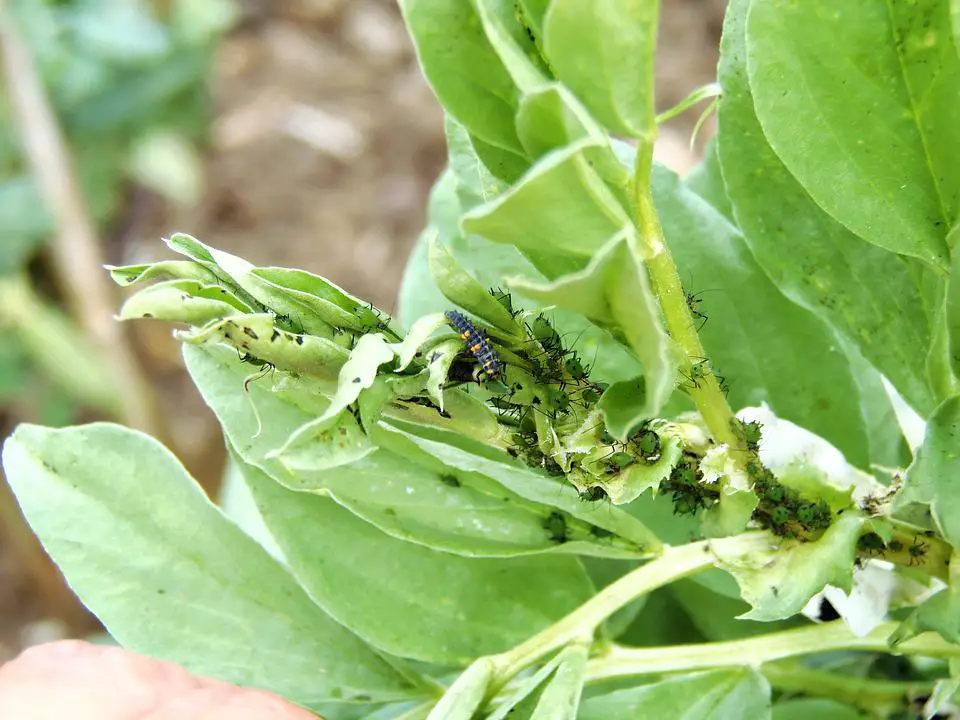
What kind of food do ladybug babies eat?
Larvae are the name given to young ladybugs. They don’t even come close to resembling their mature appearance. Instead, they resemble caterpillars more than anything else. Although ladybug larvae consume more food than adult ladybugs, they nevertheless feed on the same types of plants. They consume a wide variety of plant-eating insects, including aphids, alfalfa weevils, bean thrips, grape rootworms, and a great many more.
How much do ladybugs eat, and how often?
Adult ladybugs don’t consume nearly as much as their larval stage does. It is precisely for this reason that it is advisable to introduce adult ladybugs so that they can lay eggs and reproduce in order to safeguard crops. The average ladybug would eat 5,000 aphids in its lifespan, which indicates that despite their little size, they have a voracious appetite.
A full list of everything ladybugs eat?
- Aphids
- Pests that feed on plants
- Mites
- Pollen
- Nectar
- Mealybugs
- Insect eggs
- Mildew
- Fungi
- Fruit flies
- Plants (some species)
Do you need to feed your pet ladybugs anything other?
Your ladybug, like other pets, needs adequate care and a diet that is balanced, therefore the best thing you can do for it is to provide it with a range of foods.
Nevertheless, it is essential to make notice of the significance of determining the species that you have, since this will decide the principal diet that they consume. If a carnivorous ladybug decides not to ingest anything for an extended length of time, it is possible that an attempt to feed it plants or fruit will result in the ladybug’s death.
In the same way that a human being cannot survive on a diet consisting solely of chocolate, ladybugs cannot survive on a diet consisting entirely of fruit.
Can Dogs Get Sick from Eating Ladybugs?
Dogs may experience health issues if they consume ladybugs and their toxicity to dogs can be a concern. Ladybugs produce a yellowish fluid called hemolymph, which can be harmful if ingested. Symptoms may include drooling, vomiting, or diarrhea. While small quantities are unlikely to cause severe problems, it’s best to monitor your dog and contact a vet if any concerning symptoms arise.
Can ladybugs affect fruit crops, or don’t they count as a pest?
Most native species of ladybugs won’t hurt fruit crops because they like to eat aphids and other soft-bodied insects. But the Harlequin ladybird (Harmonia axyridis), an Asian species, is known to be a pest in many countries.
They can be found in Europe and North America because their heads are shaped like a “M” or “W.” They got there by accident and through biological control, which is when native species from a country are used to get rid of pests from that country.
The harlequin ladybug is a problem for farmers because it gathers in big groups to eat soft fruits. This will not only do a lot of damage to crops, but it can also make wine taste bad if the bugs hide in grapes and are then processed with the fruit. Once they have eaten all the aphids and other bugs they can, they eat fruit. When it runs out of its main food source, aphids, in New Zealand, where the species was first seen in 2016, it is said to eat damaged crops.
This species will also eat and kill the eggs and larvae of native species that are good for the environment. This means it can completely take over. According to another source, they will even kill the young butterflies and moths.


